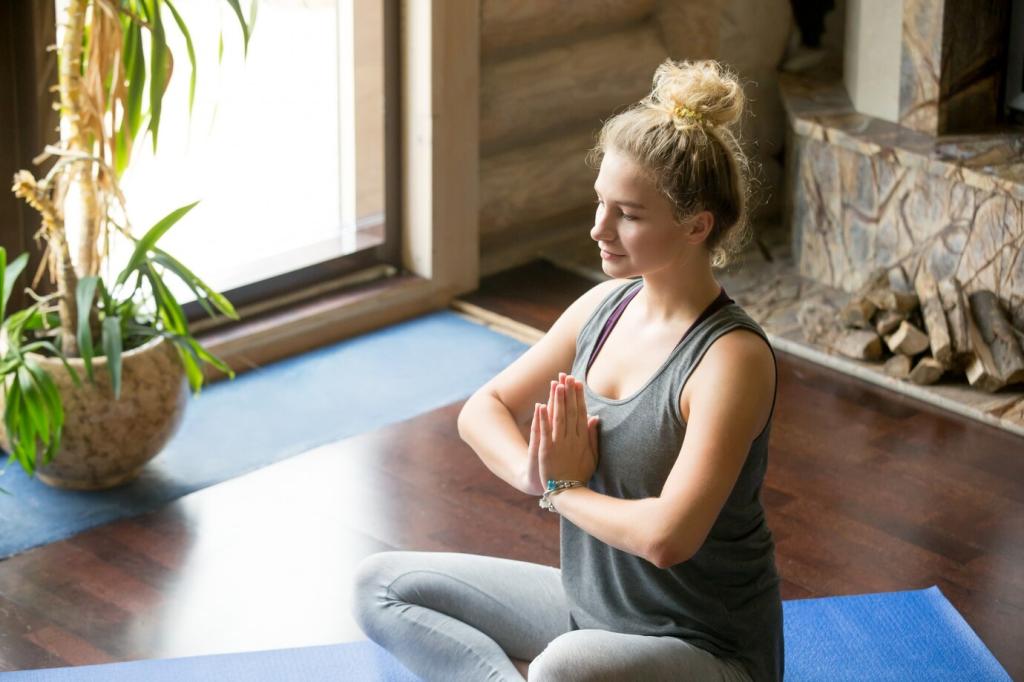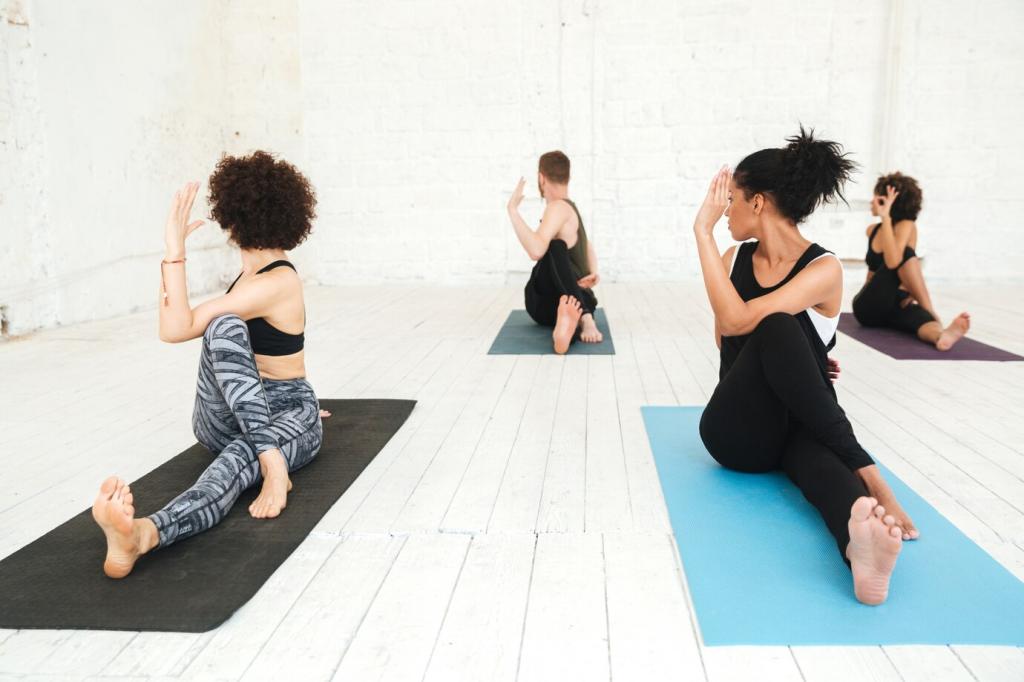Chosen theme: Yoga Breathing Techniques for Athletes. Harness your breath as a performance tool—from warm-ups to race-day composure and deep recovery. Train smarter, feel steadier, and move with confidence. Share your breathing wins in the comments and subscribe for weekly athlete-focused breathwork guides.
Why Breathwork Matters in Sport
Your breath drives the entire energy pipeline, guiding oxygen from nose to cells while balancing carbon dioxide for efficient release to working muscles. When athletes master diaphragmatic control, strides feel smoother, lifts feel safer, and effort becomes more economical during demanding training sessions.
Why Breathwork Matters in Sport
Nasal breathing warms, filters, and humidifies air while supporting nitric oxide signaling that can aid blood flow distribution. Try a nose-only warm-up for ten minutes, notice calmer pacing and cleaner rhythm, then tell us how your first intervals felt compared with usual mouth breathing.


Mastering the Diaphragm
01
Place hands around the lower ribs and imagine inflating a belt—front, sides, and back—during each inhale. Keep shoulders relaxed as ribs widen and pelvic floor responds naturally. Athletes report steadier core pressure and fewer side stitches after consistently practicing this expansion technique.
02
Pretend to exhale through a narrow straw, releasing air slowly while keeping lips relaxed. This cue trains controlled pressure, steadies the torso, and reduces energy leaks under fatigue. Many runners find their cadence smooths when the exhale becomes long, even, and quiet through sustained efforts.
03
Watch for shrugged shoulders, flared ribs, and overactive neck muscles that hijack efficient breathing. Reset by softening the chest, widening the ribs, and lengthening the exhale. If you film your form, note how the belly, lower ribs, and back expand together when you breathe well during movement.



Understanding the CO2 Reflex
The strong desire to breathe often tracks rising carbon dioxide more than low oxygen. Training CO2 tolerance gently helps athletes relax at higher workloads. Stay conservative, avoid water-based breath holds, and stop if dizzy. Keep a simple journal to track sensations and maintain safe, incremental progress.
Simple CO2 Table for Runners and Cyclists
After an easy warm-up, try short nasal exhales followed by relaxed pauses while walking. Keep posture tall and never force discomfort. Over weeks, extend pauses slightly. Share your pacing notes in the comments so others can learn how small adjustments improved calmness during steady endurance efforts.
Safety First and Community Check-Ins
Breath holds are powerful; avoid in water, during driving, or when alone. If you have medical conditions, consult a professional beforehand. Tell the community what signals you monitor—lightheadedness, tingling, or anxiety—so everyone learns practical boundaries and respects safe, athlete-centered progression principles.
Breath for Strength and Stability
Inhale into the belt line, creating pressure around the entire trunk while keeping ribs stacked over hips. This stable cylinder supports safer lifts and quicker force transfer. Practice with moderate loads first, and comment whether your bar path felt cleaner when your breath amplified the brace effectively.


Breath for Strength and Stability
A controlled exhale through challenging ranges can tame urgency and keep technique sharp. For maximal attempts, use your coach’s preferred strategy and respect safety. Tell us if an intentional exhale helped you maintain alignment through the toughest portion of your squat, press, or pulling movement.
The 90-Second Reset
Try three rounds of a long exhale, a gentle physiological sigh, and a slow nasal inhale with soft shoulders. This quick ritual often smooths heart rate spikes. Post your pre-race routine below and let the community learn how you keep composure on the start line consistently and reliably.
Mantra Meets Breath for Rhythm
Pair a simple phrase with your exhale—calm power, smooth stride, steady wheels—to anchor attention. When pressure rises, rhythm outperforms willpower. Athletes frequently find this pairing keeps decisions clear and pacing honest. Tell us your mantra so others can test it during challenging intervals this week.
Wind-Down Protocol
Spend five minutes with nasal, low-rib breathing and longer exhales. Dim lights, set your phone aside, and breathe quietly while scanning for soft shoulders and jaw. Report back if your morning readiness feels smoother after a week of commitment to this gentle, athlete-friendly bedtime breath routine.
Calm Mornings, Clear Training
Start your day with two minutes of slow nasal breathing, emphasizing quiet exhales. Add a light walk to encourage rhythm and wakefulness without stress. Athletes often feel more focused during early sessions. Comment if your warm-ups felt easier after adopting a short morning breathing primer consistently.
Track What Matters
Note breath rate at rest, sleep quality, perceived exertion, and mood. Small improvements compound across a season. Share which metric best predicts your sessions—some athletes trust sleep consistency, others prefer rate-of-perceived exertion. Your insights help teammates refine how they evaluate breathwork’s training impact.

